The 'world's lungs" raged with fire across the southern Amazon in August and September, making it one of the biggest environmental events of 2019.
Although wildfire happens annually during dry season in the tropical rainforests due to the "slash-and-burn" methods used by locals to clear the forests for agricultural purposes, this year's wildfire was almost unprecedented.
Since the beginning of 2019, Brazil's National Institute for Space Research (INPE) recorded at least 75,336 wildfires between January and August, with more than 40,000 within the Amazon rainforest. An 80 percent increase in deforestation has occurred so far this year compared to last year, according to the institute.
In short, the dramatic scale of this year's fires is the result of a significant acceleration of deforestation.
Here are some of our recounts of this unprecedented wildfire that caught the world's attention.
Amazon wildfire 'ignites' social media, but why should we care?
#PrayforAmazon became a trending hashtag on Twitter. With wildfires wreaking havoc in the Amazon rainforest in Brazil, millions of netizens worried about the future of the jungle. Why should we care about Amazon and its safety? Read more to find out.
When Amazon burns, animals suffer
The Amazon rainforest, the lungs of our planet, was ravaged by a record number of forest fires this year: 75,000, according to INPE. Amazon is home to more species of plants and animals than any other terrestrial ecosystem on the planet: one in 10 known species on Earth. Watch more to learn about it.
01:09
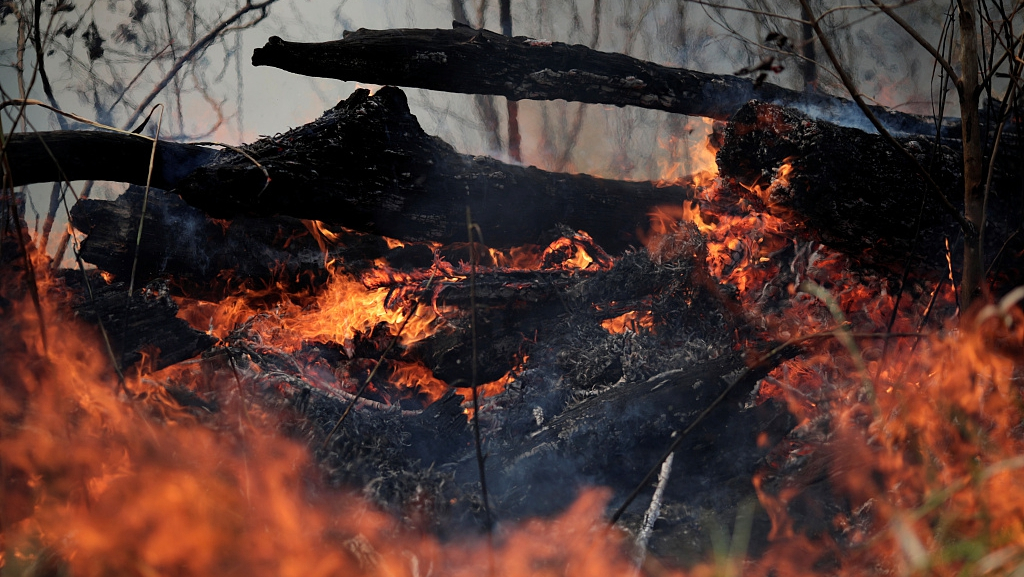
The Amazon fires: How can wet rainforests burn?
The Amazon forest burns every year. Locals clear the land to make way for crops or grazing; the method they use is simply setting the ground on fire. However, a tropical rain forest is generally not flammable. The dense plants in the rain forest are full of water, producing a massive amount of vapor. Therefore, farmers have to cut down large areas of plants to ignite fires. In short, the dramatic scale of this year's fires is the result of a significant acceleration of deforestation. Read more.
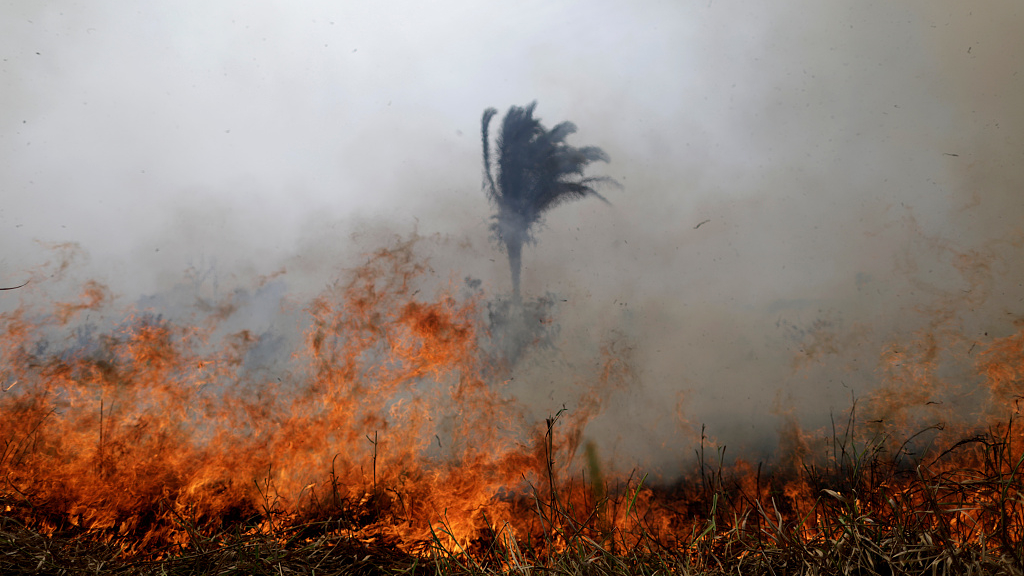
Fire blazes the rainforest.
Fire blazes the rainforest.
What if we lost the Amazon rainforest?
The Amazon rain forest is called "the lungs of the Earth," because it functions as a "respiratory system" for the planet. The forest produces 20 percent oxygen in the atmosphere, as trees release oxygen and store carbon dioxide. If the "lungs" stopped working, there would be more greenhouse gases leading to higher temperatures. Read more.
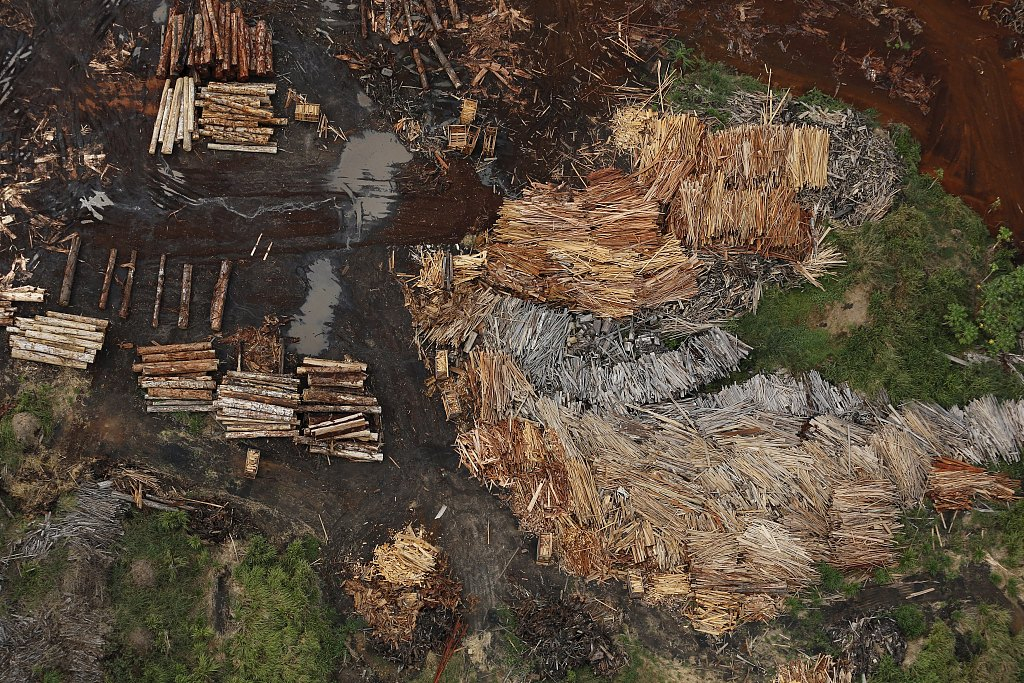
Sawmills that process illegally logged trees from the Amazon rainforest are seen near Rio Pardo, in the district of Porto Velho, Rondonia State, Brazil.
Sawmills that process illegally logged trees from the Amazon rainforest are seen near Rio Pardo, in the district of Porto Velho, Rondonia State, Brazil.
Exotic species in the Amazon rainforest
The Amazon rainforest houses 10 percent of all known species in the world, according to WWF statistics. At least 427 mammal species have been scientifically classified in the region; over 1,300 bird species are found here; a single square mile of rainforest often houses more than 50,000 insect species. It has been estimated to be around 2.5 million species of insects with 700 species of beetles discovered on just one tree. Not to mention the abundant species of fish, amphibians, and reptiles.
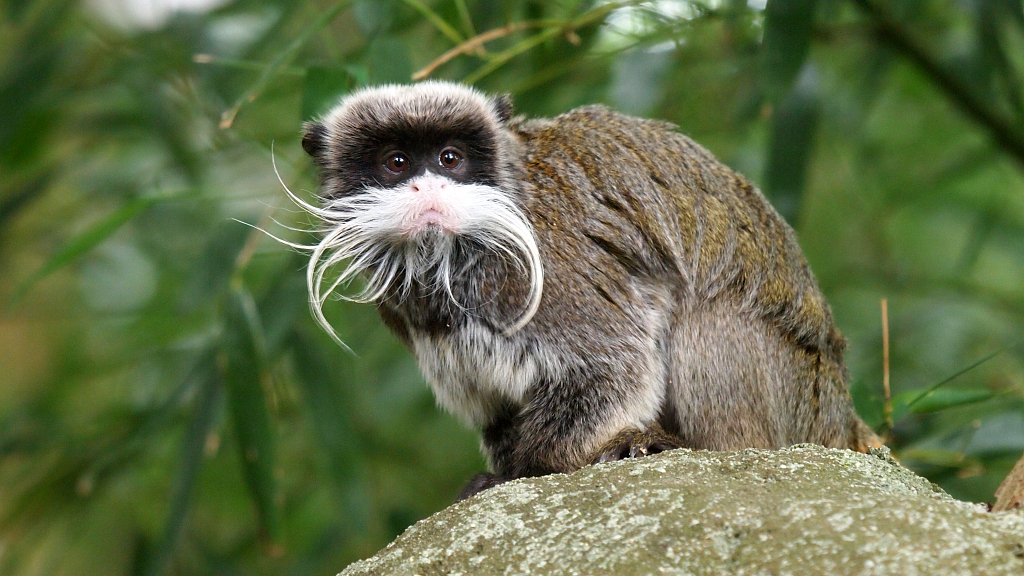
The emperor tamarin is native to the Amazon. The name came as a joke because scholars thought it looked like an emperor.
The emperor tamarin is native to the Amazon. The name came as a joke because scholars thought it looked like an emperor.
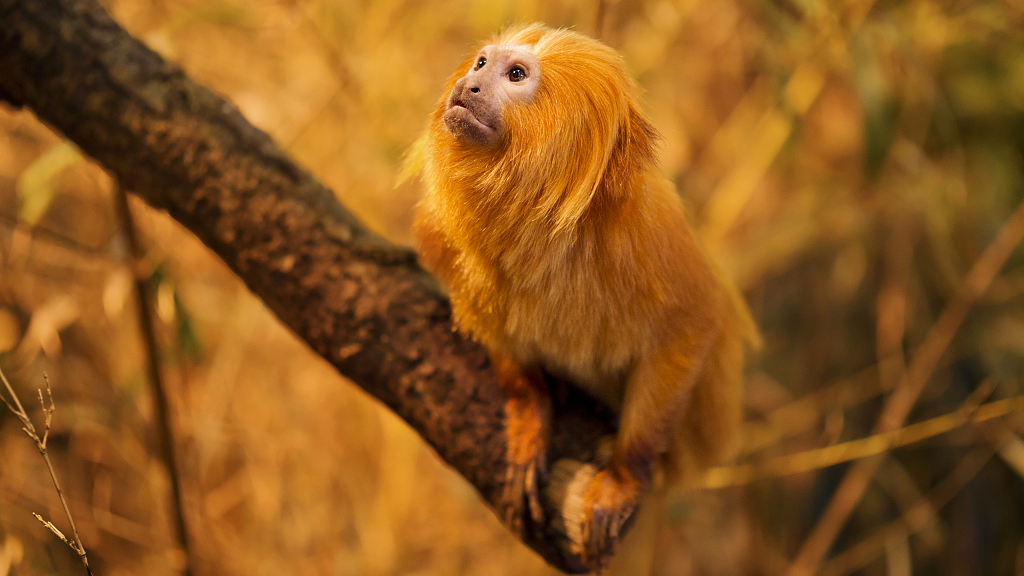
The golden lion tamarin only weighs around 620 grams but is already the largest of all tamarin species. Sadly, the cute creature has a small population of only 1,000 in the wild.
The golden lion tamarin only weighs around 620 grams but is already the largest of all tamarin species. Sadly, the cute creature has a small population of only 1,000 in the wild.
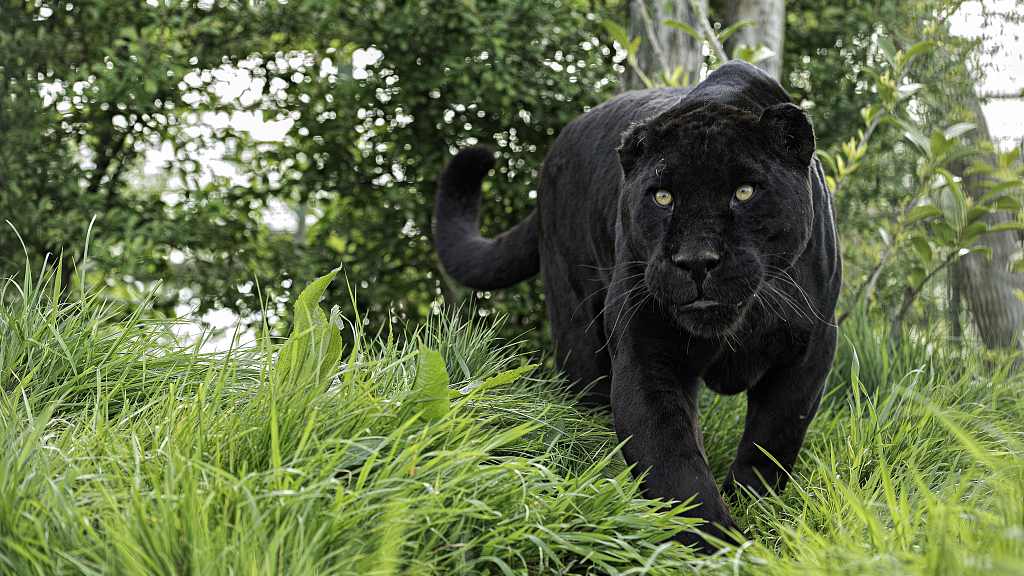
In the biological term, a black panther is the melanistic color variant of any Panthera species. In Asia and Africa, black panthers are leopards; while in the Americas, black panthers are jaguars.
In the biological term, a black panther is the melanistic color variant of any Panthera species. In Asia and Africa, black panthers are leopards; while in the Americas, black panthers are jaguars.
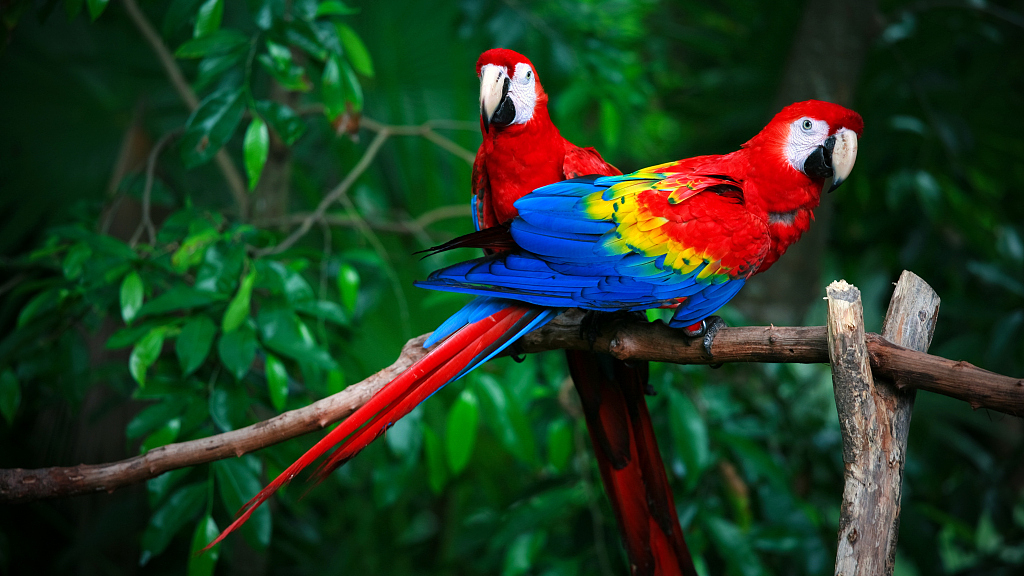
The macaw is a big family with six genuses, all native to Central and South America.
The macaw is a big family with six genuses, all native to Central and South America.
(Editor: Li Yunqi.)
(If you want to contribute and have specific expertise, please contact us at nature@cgtn.com)